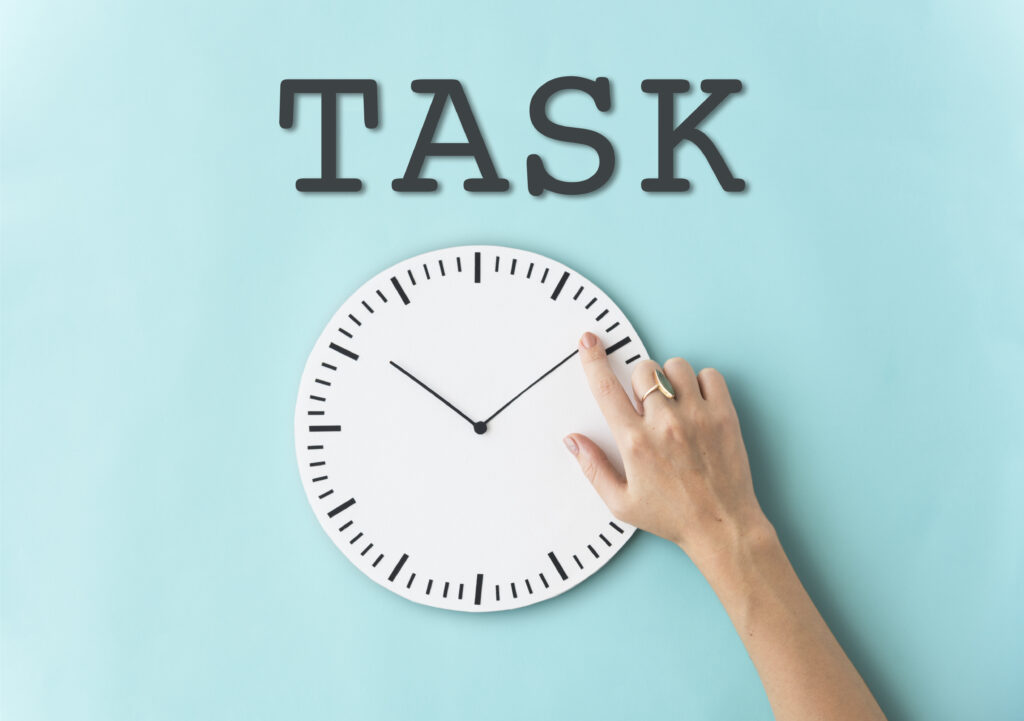Many professionals struggle to stay productive and manage their workload effectively. Traditional to-do lists often lead to unfinished tasks, procrastination, and stress. However, there is a more effective solution. Timeboxing is a powerful time management technique that helps individuals work smarter and achieve better results.
What is Timeboxing?
Timeboxing involves allocating a fixed time slot to each task. Unlike time blocking, which reserves time for activities without strict deadlines, timeboxing enforces a defined time limit. This method prevents tasks from expanding beyond their allocated time, ensuring that work progresses efficiently.
Timeboxing vs. Time Blocking: Key Differences
The terms “timeboxing” and “time blocking” are often used interchangeably. However, they refer to two completely different approaches.
Time Blocking: This method involves setting aside blocks of time for specific types of work, such as “emails” or “deep work.” However, it does not enforce strict limits on how long each task should take.
Timeboxing: This technique assigns a fixed time limit to each task, ensuring that work does not extend beyond the planned timeframe. The allocated time dictates when to move on to something else. By imposing deadlines, timeboxing helps combat perfectionism and procrastination—two of the biggest barriers to productivity.
Hard vs. Soft Timeboxing: Which Works Best?
There are two types of timeboxing: hard and soft. Choosing the right one depends on the nature of your tasks.
Hard Timeboxing: This method requires stopping work when the time is up, regardless of whether the task is complete. It is particularly useful for time-sensitive activities such as meetings or responding to emails.
Soft Timeboxing: This approach sets a time limit but allows flexibility to extend or reschedule if necessary. It is ideal for creative work or complex problem-solving, where rigid deadlines might hinder progress.
Both methods help create a structured approach to managing time, ensuring that work is completed efficiently without unnecessary delays.
The Benefits of Timeboxing
If you want to improve your productivity, consider these three major benefits of timeboxing.
1. Increases Focus and Productivity
Timeboxing helps individuals stay focused by assigning a strict timeframe to each task. When there is a fixed limit, distractions are minimised, and attention is directed toward completing the task within the set period. This technique ensures steady progress and prevents unnecessary delays.
Research suggests that professionals who use timeboxing experience higher levels of efficiency and output. By concentrating on one task at a time, individuals can complete their work faster and with greater accuracy.
2. Reduces Procrastination and Perfectionism
Procrastination and perfectionism are common barriers to productivity. Timeboxing helps overcome these challenges by setting clear deadlines for tasks. When individuals know they have limited time, they are more likely to take immediate action rather than delay work.
This approach also prevents over-editing or excessive refining, which often leads to wasted time. By working within a structured timeframe, individuals can complete tasks more effectively without getting stuck in unnecessary details.
3. Enhances Time Management and Work-Life Balance
Poor time management often results in work spilling into personal time, leading to stress and burnout. Timeboxing helps professionals allocate specific time slots to tasks, ensuring that work is completed within designated hours.
This structured approach creates a clear separation between work and personal life, promoting a healthier balance. As a result, individuals experience reduced stress levels and improved overall well-being.
How to Implement Timeboxing Effectively
Timeboxing is easy to integrate into daily routines. Follow these simple steps to get started:
- Identify Tasks – List all tasks that need to be completed.
- Estimate Time – Allocate a realistic time frame for each task.
- Prioritise Work – Arrange tasks based on urgency and importance.
- Set a Timer – Use a timer to track progress and maintain discipline.
- Review and Adjust – Assess the effectiveness of timeboxing and refine the approach as needed.
Bonus Tip: Enhance Productivity with Dictation
One way to boost productivity while timeboxing is to incorporate dictation. Research indicates that dictating for 30 minutes is equivalent to two hours of typing. Professionals who dictate reports, emails, and documents can complete their work faster while reducing strain.
This approach allows individuals to maximise efficiency and free up more time for other priorities.
Final Thoughts
Timeboxing is a proven technique that enhances focus, minimises procrastination, and promotes better time management. By implementing this method, professionals can work more efficiently, reduce stress, and achieve a healthier work-life balance.
Are you ready to take control of your schedule and boost productivity? Start using timeboxing today and experience the difference it makes in your daily routine.
About OutSec
OutSec is the UK’s leading online transcription company whose business has grown substantially since its inception in 2002. We are now one of the most successful transcription companies in the United Kingdom.
OutSec provides secure outsourced transcription services to the medical, legal, property and surveying, universities, media and interviews, advisory boards, conferences & seminars, inventories, financial, corporate, HR, recruitment and Executive Search sectors.
Why not open an account today?
Article written by Mark Hope.



